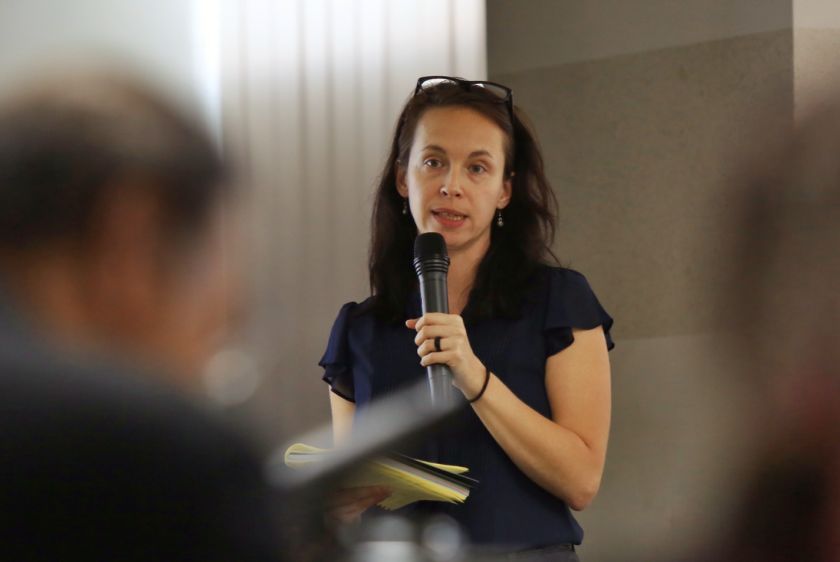KUALA LUMPUR, Oct 20 — In its first cross-border request, the Human Rights Commission of Malaysia (Suhakam) was today asked to investigate a Malaysian company said to be involved in the construction of a controversial hydroelectric dam in Laos, which environmentalists claim will displace thousands of people who have made their homes along the Mekong River.
Tanja Venisnik, a representative from Earth Rights International said the Washington DC-based green group was petitioning Suhakam for aid after failing to get in touch with Petaling Jaya-based Mega First Corporation Berhad to respond to is environmental concerns over the construction of the Don Sahong Dam.
"We tried to contact Mega First through letters and email, but we didn't receive any response," Venisnik told reporters after her meeting with Suhakam here.
The hydroelectric dam is said to be a joint project between the Laos government and the Malaysian public-listed Mega First to power the land-locked Southeast Asian nation.
According to Venisnik, the decision to build the dam was not made public, and no transboundary impact assessments were conducted to see the environmental impact the dam would cause.
The non-governmental group further alleged that the project infringes the rights of the local community living along the Mekong River, which runs across Laos, Cambodia, Myanmar and Thailand.
Also at Suhakam with Venisnik were representatives from several communities from Thailand, Cambodia and Vietnam that live along the Mekong, one of the longest rivers in Southeast Asia.
“SUHAKAM has the ability to investigate Mega First’s activities and can be an important lever for ensuring their human rights compliance. We hope that this action will encourage Malaysian companies to take responsibility for their actions when operating abroad and as a first step Mega-First should cancel this project.”
“We tried to contact Mega First through letters and email, but we didn’t receive any response,” Venisnik told reporters after her meeting with Suhakam here.
The hydroelectric dam is said to be a joint project between the Laos government and the Malaysian public-listed Mega First to power the land-locked Southeast Asian nation.
Mega-First is constructing the Don Sahong Dam on the Mekong River section located in Laos, two kilometres upstream from the Cambodian border, where it will block the main canal of the river that provides year-long fish migration passage to the Khone falls area.
According to the NGO, fishing is at the centre of life for many communities that live along the Mekong Riverside and with the key channel being blocked, fish populations will be affected, including the near extinct Irrawaddy dolphins.
“Most of my people fish as a way of life. It is how they feed their families and earn a living. But when the company comes to build the Don Sahong Project, they never ask about fish. They just tell me there will be no problem,” said Huot Seng, Vice-Chief of Loe village in the Preah Romkel community.
According to Venisnik, the decision to build the dam was not made public, and no transboundary impact assessments were conducted to see the environmental impact the dam would cause.
“The Don Sahong Project is representative of what is happening across much of Southeast Asia. Large-scale development projects, funded and owned by foreign companies, are being developed without the participation of affected communities and in countries where domestic accountability measures are weak,” said Venisnik.
The non-governmental group further alleged that the project infringes the rights of the local community living along the Mekong River, which runs across Laos, Cambodia, Myanmar and Thailand.
According to the NGO, the Don Sahong Project is owned by the Don Sahong Power Co. Ltd, a subsidiary of Mega-First, where in 2006, the government of Laos gave the company exclusive rights to study the feasibility of the Don Sahong project.
Engineering documents presented during the meeting showed that full construction of the dam would begin in 2013 and expected completion is in May 2018.
Also at Suhakam with Venisnik were representatives from several communities from Thailand, Cambodia and Vietnam that live along the Mekong, one of the longest rivers in Southeast Asia.



















